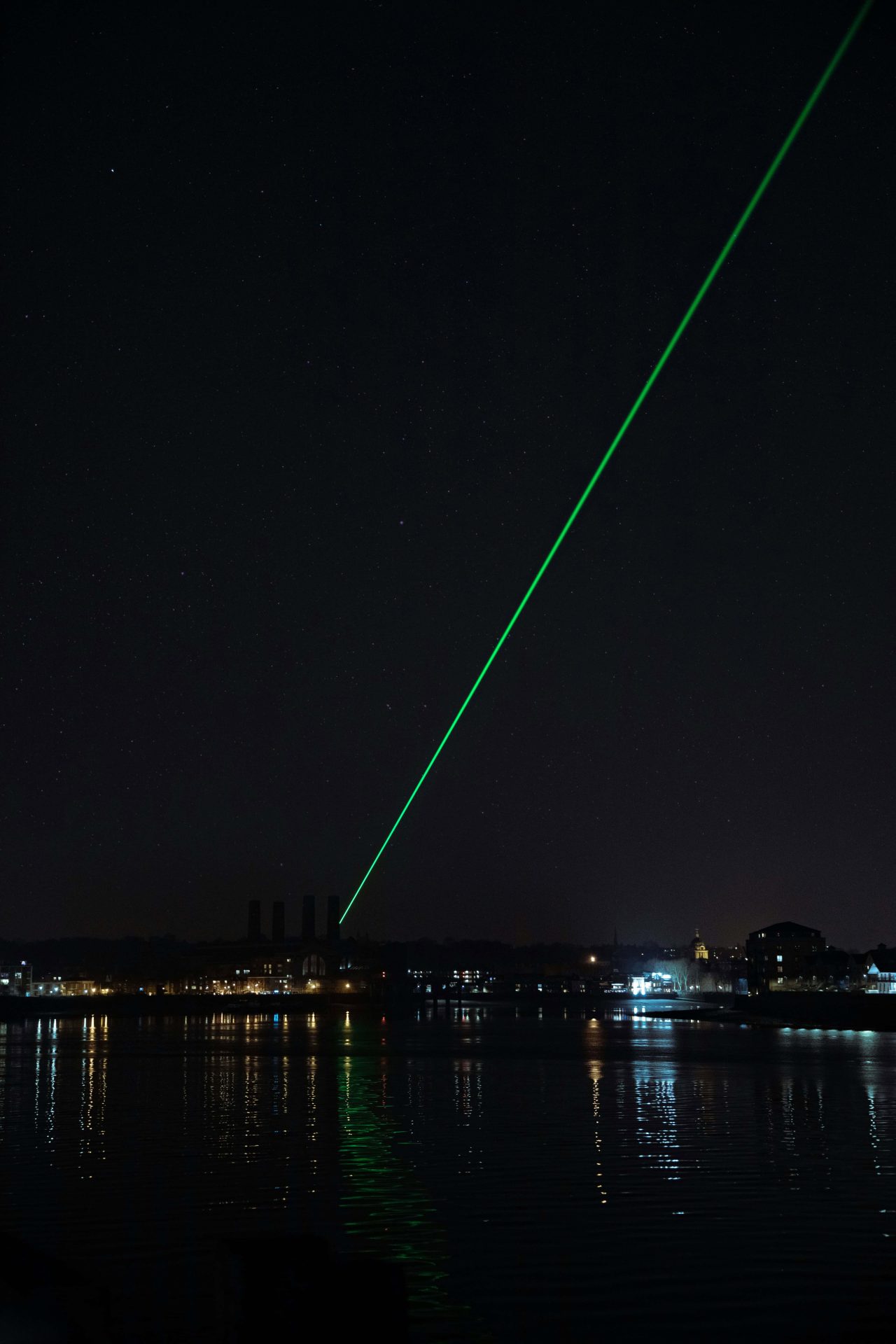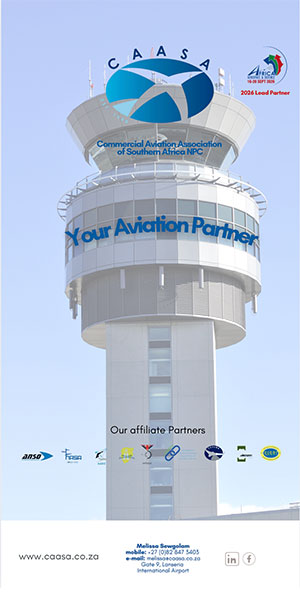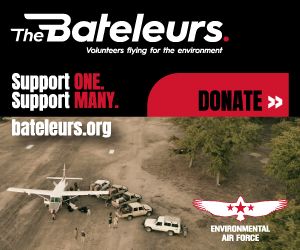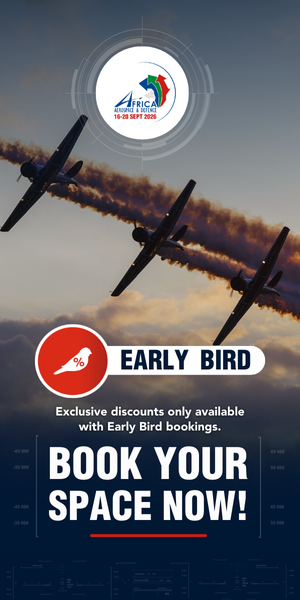Around the world, laser incidents involving aircraft are on the rise, posing an urgent threat to aviation safety. In 2024 alone, pilots reported more than 12,800 laser strikes, according to data from the Federal Aviation Administration (FAA), which also monitors global aviation safety trends. These high-intensity lasers—often handheld and widely available online—are capable of reaching aircraft at altitudes exceeding 10,000 feet.
Originally designed for presentations, pointers, or novelty gadgets, lasers are being misused with alarming frequency. While laser strikes have been an issue for over a decade, their occurrence has surged in recent years, with aviation authorities across multiple continents reporting steady increases. Experts warn that this is not a localised issue; it is a global aviation hazard.
A Rising Threat in African Airspace

Although much of the available reporting data originates from North America and Europe, African pilots and air traffic controllers are increasingly sounding the alarm. Strikes are being reported near major cities and international hubs across the continent. The absence of centralised reporting mechanisms in some African nations may mean the full extent of the problem remains under-documented.
“Laser strikes are no longer something that happens ‘somewhere else’,” says Captain M. Sello, a senior pilot based in Johannesburg. “They’re happening in our skies, especially near built-up areas where flight paths often pass close to housing or open ground.”
The risks are serious. Even a brief flash from a laser can cause temporary blindness, glare, or eye injury, particularly hazardous during take-off and landing when pilots rely heavily on visual instruments. In the worst cases, laser interference can destabilise a flight at critical moments.
A Tricky Crime to Police
One of the most frustrating aspects of laser strikes is how difficult they are to trace and prosecute. The devices are often inexpensive, widely accessible, and operated from homes, fields, or vehicles. Tracking the exact source of a laser beam from the air is notoriously difficult, and prosecutions remain rare.
In some African nations, specific legislation exists to deter such behaviour, but enforcement varies. Where there are no laser-specific laws, general criminal codes or public endangerment laws are used to prosecute offenders. However, without public awareness and inter-agency coordination, the issue continues to slip through the cracks.
Innovation in Pilot Protection
As the threat increases, so too does the effort to protect pilots. Laser-blocking eyewear, initially developed for military aviators, is now being adopted by commercial and civil aviation professionals. These specialised glasses are engineered to filter out harmful wavelengths of light, especially green lasers, the most common and most dangerous type used in these incidents.
Manufacturers such as Phillips Safety Products are now offering laser protection eyewear designed specifically for the cockpit. These tools give pilots valuable seconds of clarity and focus, reducing the risk of panic or disorientation when under attack.
A Global Problem Requiring Local Action
The rise in laser strikes is now recognised as a global aviation issue. Authorities and aviation bodies across Africa are being urged to implement standardised incident reporting, increase public outreach, and collaborate with international partners on enforcement and prevention strategies.
Pilots are encouraged to log every laser incident, even those that do not result in injury. Each report helps build a clearer picture of high-risk areas and recurring patterns. Air traffic control and ground operations also play a crucial role in identifying the locations of laser strikes and passing information to the appropriate authorities.
For Africa’s growing aviation sector, one of the fastest expanding globally, this issue demands immediate attention. As more passengers take to the skies, the protection of pilots and crew from laser interference must become a regional and continental priority.
Sidebar: What You Can Do
- Report all laser incidents immediately to air traffic control and your national civil aviation authority.
- Educate local communities about the dangers and consequences of aiming lasers at aircraft.
- Support legislation and import regulations that control high-powered laser devices.
- Equip cockpit crews with protective eyewear, especially for night and low-visibility operations.













